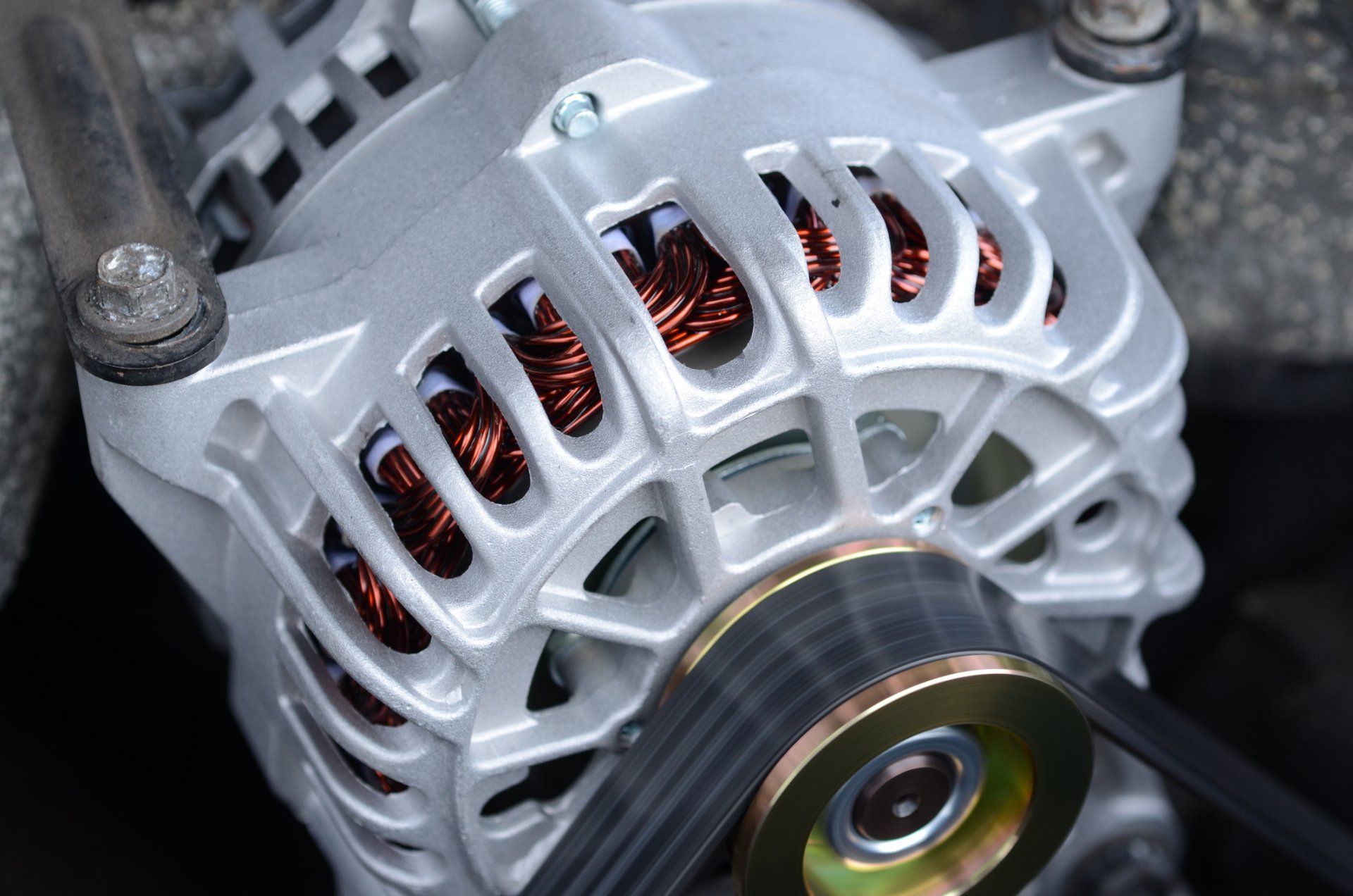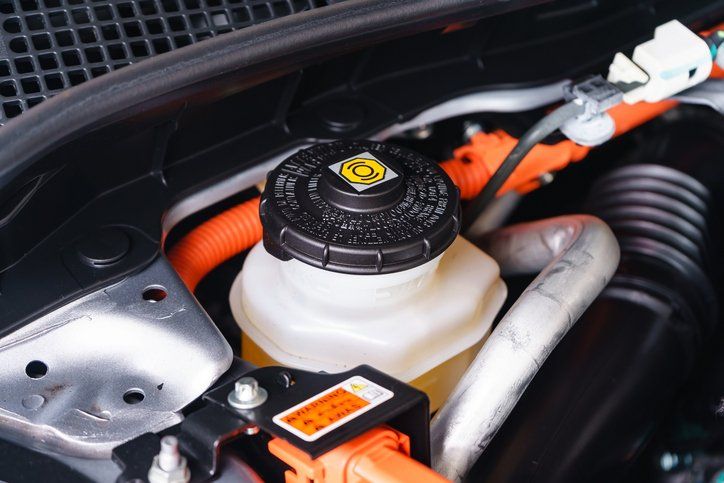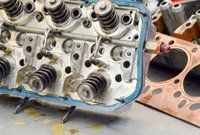
A car's engine creates power through the combustion of air and fuel. In most modern, fuel-injected systems, the air and fuel mix together inside of the component known as the intake manifold. One end of the manifold consists of a single tube through which fresh air flows. The other end consists of multiple smaller tubes, each of which connect to one of your engine's cylinders.
Between the intake manifold and the engine block sits the intake manifold gasket. The intake manifold gasket seals off the small gap between the manifold and the engine, preventing air, coolant, and oil from leaking. Over time, the intake manifold gasket endures a lot of wear and tear. Eventually it may crack or warp in ways that allow leaks to occur.
Unfortunately, many car owners fail to recognize the symptoms that they may be dealing with a bad intake manifold gasket. If you would like to improve your skills at diagnosing this common engine problem, keep reading. This article explains three common symptoms that you may have a bad intake manifold gasket.
1. Misfiring Engine
Engine misfires involve one or more cylinders that fail to produce combustion in a given engine cycle. In other words, although air and gasoline flow into the cylinder, the mixture fails to catch on fire. Instead, the uncombusted mix passes out of your engine through the exhaust system. As a result, misfires lead to poor fuel economy and other problems.
Misfires may stem from a large number of problems, including poor ignition timing, excessively worn valves, and corroded spark plugs. Yet damaged intake manifold gasket tend to be one of the most frequently experienced causes of engine misfires. A damaged gasket often fails to create an airtight seal between the manifold and the engine.
This seal failure allows air that should be entering the engine to escape instead. Such a leak alters the engine's air–fuel ratio — one of the most important factors in promoting complete combustion. A bad enough leak may allow enough air to escape that combustion cannot occur at all.
2. Difficulty Accelerating
A leaky intake manifold gasket often makes it more difficult for your car to accelerate, even if the problem has not reached the point where it causes misfires to occur. Such power loss stems from the air leaking out of the intake manifold. Not only does this decrease the amount of air that makes it to your engine, but it also creates a vacuum leak for your entire air intake system.
A vacuum leak reduces engine air pressure, no matter how wide your throttle body opens. Thus, depressing the gas pedal often fails to generate the expected acceleration. Instead, your car seems to poke along at a fixed, sluggish rate.
3. Leaking Coolant
As noted above, the intake manifold gasket protects against more than just air loss. It also creates a seal for your coolant system. When intake manifold gaskets become damaged, coolant may begin escaping from its system. Eventually even a relatively small leak will eventually cause coolant levels to drop to dangerous levels.
Be sure to take note of any signs that your car may be experiencing a coolant leak. Look out for any puddles of coolant in your garage or on your driveway. While these may stem from a variety of different cooling system problems, a damaged intake valve gasket may be among them.
All car owners should know how to recognize the signs of a problematic intake manifold gasket. Those who don't may end up dealing with far worse problems. For more information about dealing with a bad intake manifold gasket, contact Saltillo's auto pros
at Midway Garage & Wrecker Service.


















